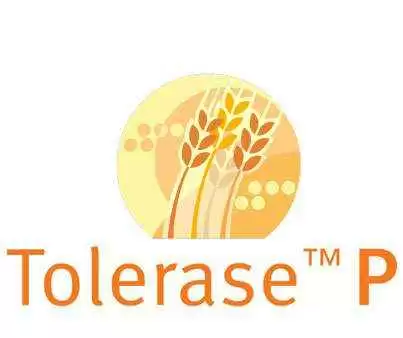Celiac.com 09/09/2024 - Celiac disease is an autoimmune disorder affecting about one percent of the global population. Those with celiac disease must adhere to a strict gluten-free diet, as there is currently no other treatment option available. A recent study by researchers at Stanford University and the Stanford Synchrotron Radiation Lightsource at the U.S. Department of Energy's SLAC National Accelerator Laboratory has provided new insights into the key enzyme transglutaminase 2 (TG2), which plays a significant role in the disease's pathology.
The Function of Transglutaminase 2
Transglutaminase 2 is a multifunctional enzyme involved in various physiological and pathological conditions, including celiac disease. The enzyme requires calcium to perform its primary chemical reactions, transamidation and deamidation. These reactions are crucial because they enable TG2 to modify gluten peptides in a way that triggers the immune response seen in celiac disease. Specifically, TG2 deamidates certain glutamine residues in gluten peptides, creating a strong immune response that leads to the body attacking its own intestinal tissues.
Structural Analysis of TG2
Celiac.com Sponsor (A12):
One of the significant achievements of this study was obtaining a high-resolution X-ray crystallographic structure of TG2 bound to calcium. This structure revealed the conformations of TG2 when interacting with calcium, providing detailed insights into its catalytic cycle. The researchers identified two key calcium-binding sites, S1 and S3, which play distinct roles in the enzyme's function. The S1 site regulates the formation of an inhibitory disulfide bond, while the S3 site is essential for the formation of γ-glutamyl thioester, an intermediate state crucial for TG2's activity.
Mechanistic Insights into TG2 Activity
The study uncovered several important mechanistic details about TG2. Two residues, H305 and E363, were found to be critical for resolving the thioester intermediate into an isopeptide bond, a key step in the transamidation process. However, these residues do not play a role in thioester hydrolysis, which is involved in deamidation. Additionally, residues N333 and K176 help stabilize TG2 substrates and inhibitors by forming hydrogen bonds with nonreactive backbone atoms. These findings provide a more comprehensive understanding of how TG2 functions at a molecular level and how it transitions between different states during its catalytic cycle.
Implications for Drug Development
The insights gained from this study are not just of academic interest; they have practical implications for drug development. By revealing the detailed structure and mechanisms of TG2, the researchers have provided a valuable framework for designing better therapeutic inhibitors of the enzyme. Currently, drugs targeting TG2 are being developed for celiac disease and other related conditions, such as idiopathic pulmonary fibrosis. This study's findings can inform the design of these drugs, potentially leading to more effective treatments.
Conclusion
This research represents a significant step forward in understanding the molecular mechanisms underlying celiac disease. By elucidating the structure and function of TG2, the study provides crucial insights that could lead to the development of new treatments for celiac disease. For those affected by this condition, these advancements offer hope for alternatives to the strict gluten-free diet that currently remains the only effective treatment. The findings underscore the importance of structural biology in uncovering the intricacies of disease mechanisms and paving the way for innovative therapeutic approaches.










Recommended Comments
Create an account or sign in to comment
You need to be a member in order to leave a comment
Create an account
Sign up for a new account in our community. It's easy!
Register a new accountSign in
Already have an account? Sign in here.
Sign In Now